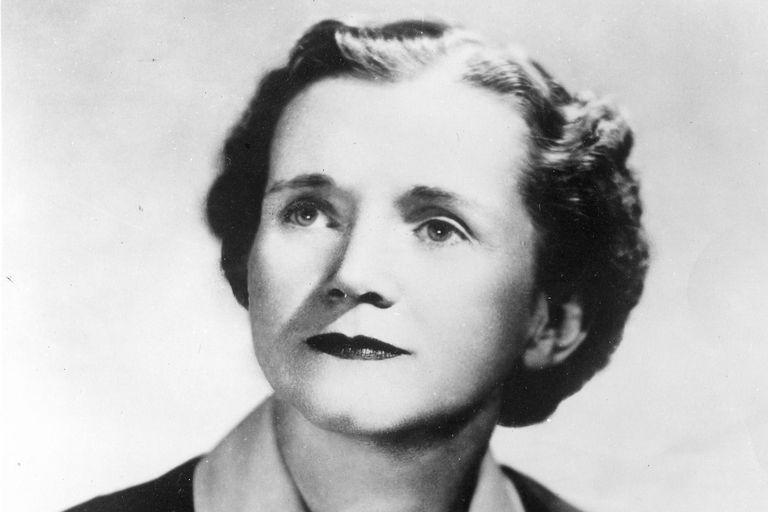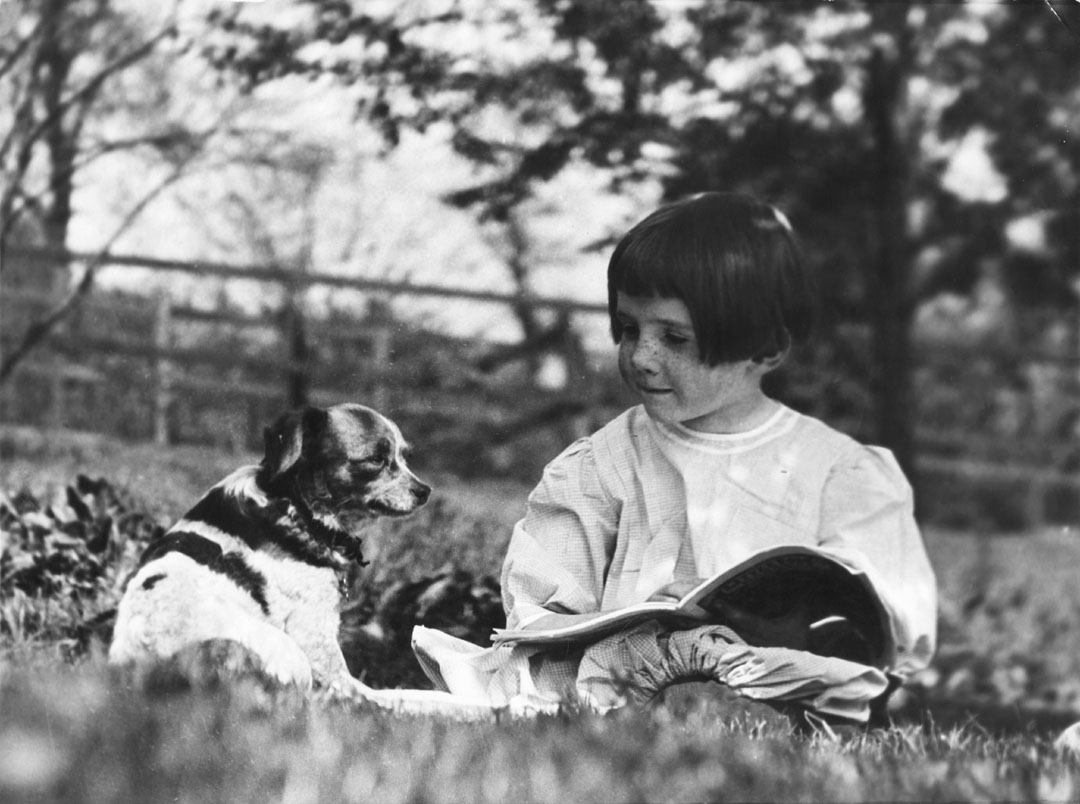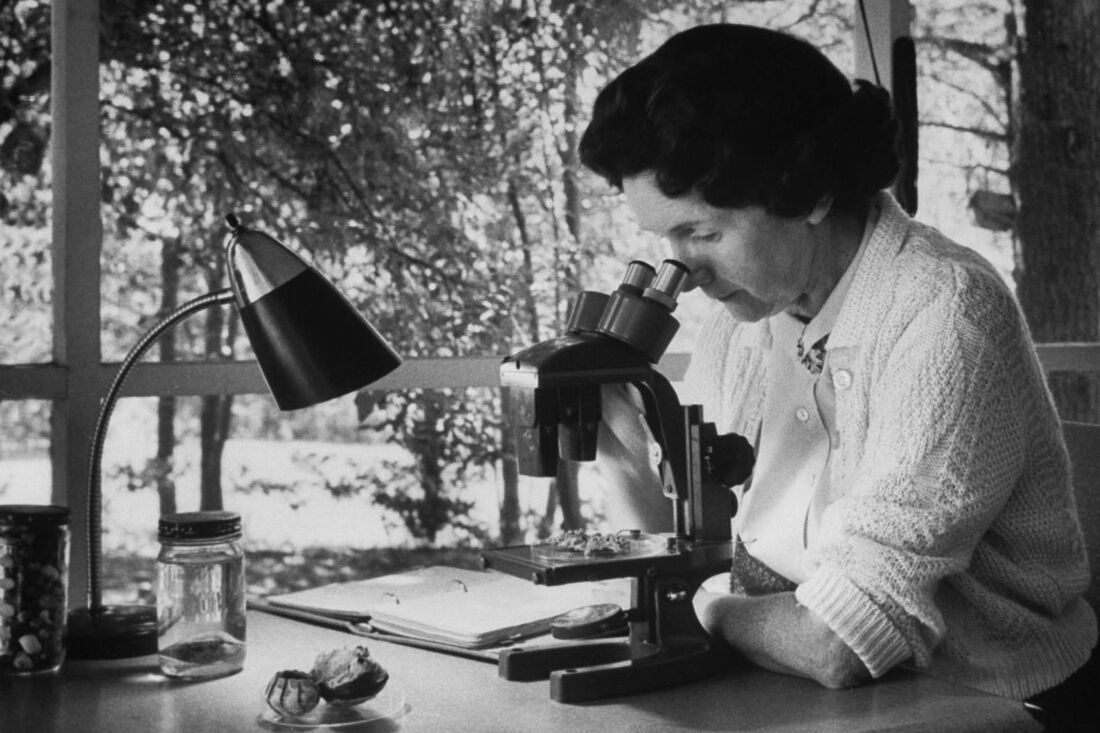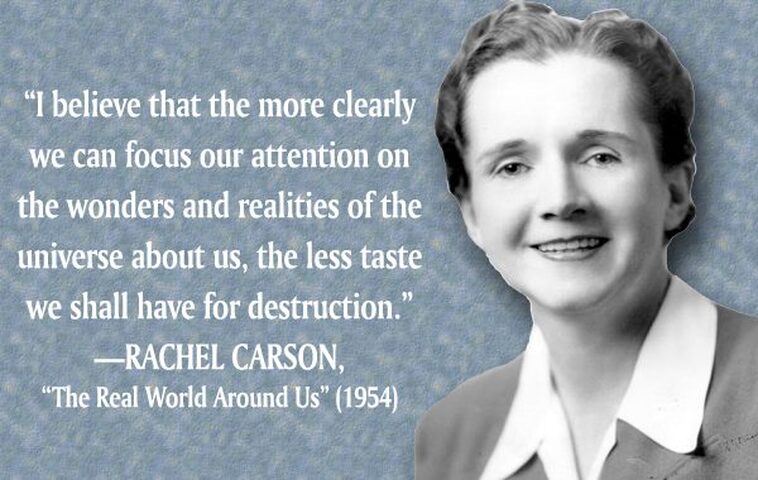|
By Guest Contributor Rachel Louise Carson was an American marine biologist, author and conservationist. She is recognised as one of the biggest and most vital conservationists in history as well as the mother of modern environmentalism. Her campaign revolved around challenging the use of man-made chemicals and her research eventually led to the complete ban of DDT and other pesticides nationwide. She was a naturalist and advocated for the use of organic methods by agricultural scientists. According to the National Women's Museum, the impact of the environmental movement that she embarked on led to the establishment of the U.S. Environmental Protection Agency (EPA). Early Life Rachel Louise Carson was born on May 27, 1907 in Springdale, Pennsylvania. She was raised on a 65-acre farm and spent her childhood years exploring the fields, falling in love with nature and writing about it. When she was 10, her first work was published in a children's magazine which was quite a feat. Growing up in such a natural environment instilled a major knowledge of nature and wildlife in her which then served as a drive that spurred her on to make all the moves that she made in defence of mother nature. According to Carson, "In every outthrust headland, in every curving beach, in every grain of sand, there is the story of the earth." She initially decided to pursue a career in writing, however, while still in college, she changed her major from English to Biology. In 1929, she graduated from the Pennsylvania College for Women (now Chatham College). She then proceeded to John Hopkins University, which was a very rare occurrence for women at the time, where she did some graduate work. She had her fellowship at the U.S. Marine Laboratory in Woods Hole, Massachusetts and taught at the Johns Hopkins summer school during the course of her post-graduate studies. She later went on to teach at the University of Maryland for five years. Her Works and Contribution to Science
After spending five years at the University of Maryland, Rachel Louise Carson got employment at the Bureau of Fisheries in 1935. One of her major responsibilities at first was to create a series of seven-minute radio programs devoted to talking about marine life. They were tagged "Romance Under the Waters." By 1936, she was regarded as one of the only two women who had employment at a professional level with the U.S. Fish and Wildlife Service Bureau and this was stated by the U.S. Fish & Wildlife Service itself. She worked here until 1952 and before she left, she had already been promoted to editor-in-chief of the service's publications. She also contributed her quota during World War II by studying and investigating undersea sounds to help the Navy in their quest for the detection of submarines. While doing her work for the government, she was responsible for writing a significant number of articles which were published by the Baltimore Sun. As a step in the right direction, she wrote her first book titled "Under the Sea-Wind," which was published in 1941. The theme was a scientific study on marine life but it was written in simple language so that it could be easily understood. According to Encyclopedia Britannica, she published her second book, "The Sea Around Us," in 1951 and it became an instant bestseller and brought her some fortune. Furthermore, remained on The New York Times' best-seller list for 81 weeks and won a National Book Award. It was also translated into 32 different languages. In 1955, she published her third book, "Under the Sea." Prior to this, Carson had spent the 1950s researching the effects of pesticides on the food chain across the United States and Europe. She was assisted by Clarence Cottam, a former employee of Fish and Wildlife Service as well as Shirley Briggs, who was an editor of an Audubon Naturalist Society magazine called Atlantic Naturalist at the time. It was this work that served as the basis of her book "Silent Spring" which was published by The New Yorker in 1962 as a serial and was said to have taken her a total of four years to write by the Natural Resources Defense Council. The book mainly focused on the negative, destructive effects of pesticides with a focus on the effects of DDT. Major takeaways from this book include the question she asked about whether humans had the right to control nature as well as the concept of Earth being able to only sustain pollution levels for a particular amount of time. Here's an excerpt from the book, "Silent Spring": "One of the most significant features of DDT and related chemicals is the way they are passed on from one organism to another through all the links of the food chain. Fields of alfalfa, say, are dusted with DDT; meal is later prepared from the alfalfa and fed to hens; the hens lay eggs that contain DDT. Or the hay, containing residues of from seven to eight parts per million, may be fed to cows. The DDT will turn up in the milk in the amount of about three parts per million, but in butter made from this milk, the concentration may run to sixty-five parts per million. During the process of transfer, what started out as a very small amount of DDT may end as a heavy concentration. The poison may be passed on from mother to offspring. The presence of insecticide residues in human milk has been established by the Food and Drug Administration scientists." She faced opposition from chemical companies that tried to discredit her and claimed she was a communist or simply hysterical. However, her message spread and she went on to earn a presidential commission for the book. Rachel Louise Carson died in 1964 after a prolonged battle with breast cancer but would forever be regarded as a hero. |
Details
AuthorChristine Amour-Levar Archives
December 2023
Categories
All
|




 RSS Feed
RSS Feed